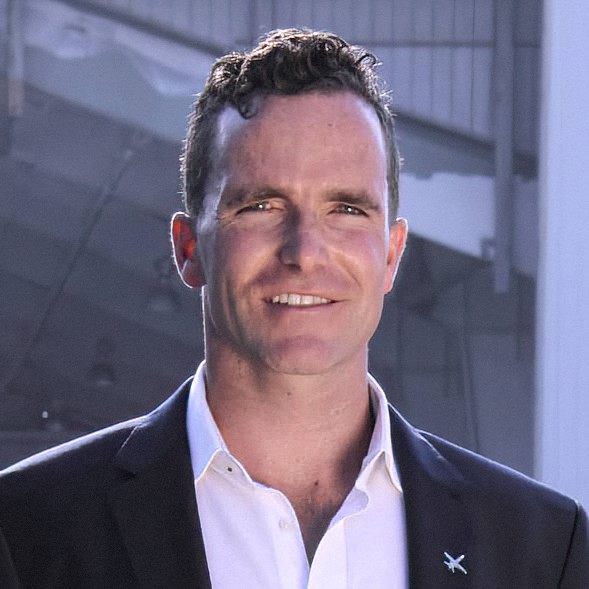If you loan out your aircraft—whether on an informal basis to a buddy or formally through a dry lease—does your insurance still cover the hull and liability when another pilot is at the controls? Maybe yes, and maybe no. This is the kind of thing you want clarified before someone uses your plane and dings a wingtip on a hangar door or worse.
Depending on the wording of the pilot warranty in your policy, you and your aircraft may not be covered if the pilot at the controls (not necessarily the PIC) is not named on the policy.
The pilot warranty section lists or describes the pilots authorized to operate the aircraft for the policy to remain in effect. In essence, the policy holder is warranting to the insurance company that the aircraft will only be operated by pilots that meet the requirements of the clause. It often contains two parts: a list of named pilots, and a description of requirements. The list of named pilots is fairly straightforward: if any of the pilots listed are acting as PIC, the policy remains in force. This is called the named pilot warranty.
The second part—and on some policies there may not be a second part—is called an open pilot warranty. Essentially the open pilot warranty (or clause) allows the policy to remain in force if the person manipulating the controls meets all of the requirements listed, even if the pilot is not specifically named on the policy.
The open pilot warranty is very handy for spontaneously lending your Cessna 172 to a private pilot friend as long as he/she meets all of the requirements listed, which are generally being legal and current, a certain number of total or PIC hours logged, and maybe some time in type. It also allows corporate flight departments some flexibility when having to fill in for sick or quarantined crew members. However, there are a few good reasons to take the extra time and effort—and perhaps pay that little extra premium—to specifically name pilots on your policy.
REASON 1: The pilot doesn’t meet the open pilot warranty requirements.
The more complex the aircraft or the more costly it is to fix, the more restrictive the open pilot warranty may be. For example, here’s an open pilot warranty clause for the PIC of an Embraer Legacy 500:
Any professional pilot who holds a current and valid Commercial Pilot Certificate, or better, with Multi-Engine Land and Instrument ratings, including a type rating for the Make and Model aircraft being operated, and has logged a minimum of 4,000 Total hours, 2,000 hours in Jet aircraft and 500 hours in Make and Model.
Let’s say that your prospective pilot is has more than 5,000 hours in Embraer Phenom 300 and Legacy 450 aircraft, but less than 100 hours in the Legacy 500. Technically this pilot does not meet the open pilot warranty since the 450 is not the 500 (even though the 500 is essentially the same aircraft stretched four feet), and should be added as a named pilot under the warranty.
REASON 2: The pilot will be operating your aircraft more than a few times per year.
If the prospective pilot exceeds the open pilot warranty requirements and he/she will be flying more than a few times per year, it may look better for your operation to name the pilot on the warranty. Insurance companies like to know who is actually flying the plane, and pilots with more experience, ratings, etc., can improve your operational risk. Your rates may not actually go down, especially in a hard market, but they may remain stable while others experience rate hikes.
There is a caveat, however—it’s best not to add too many named pilots to the warranty. Too many pilots on the same aircraft look like a chaotic operation that may have increased risk. For a single-pilot aircraft, keep it to five or less named pilots; more than this and the underwriter may pass on the policy or add surcharges for the additional pilot paperwork.
REASON 3: The pilot wants to be named to prevent subrogation.
Some non-owner pilots request being added to an aircraft’s policy because they believe the insurance company won’t sue a named pilot to recover damages (known as subrogation) if they ding the aircraft. This may or may not be the case.
Just because the terms of the pilot warranty allow the policy to remain in effect doesn’t mean that the named non-owner pilot is covered; the non-owner pilot either needs to be a named insured on the policy or obtain a waiver of subrogation, both of which often require paperwork and additional premium. Non-owner pilots may want to obtain renter’s insurance or CFI insurance (if teaching in the aircraft—even teaching the aircraft owner) to ensure they are covered in someone else’s airplane.
If you have any questions about who is covered under your pilot warranty, please reach out to us at team@sunsetais.com or give us a call at +1-561-210-0244.

Benjamin Peterson
Graduated from the University of North Dakota with a degree in Commercial Aviation as a Pilot and Flight Instructor. My first professional job was working for Cirrus Aircraft as an instructor.
